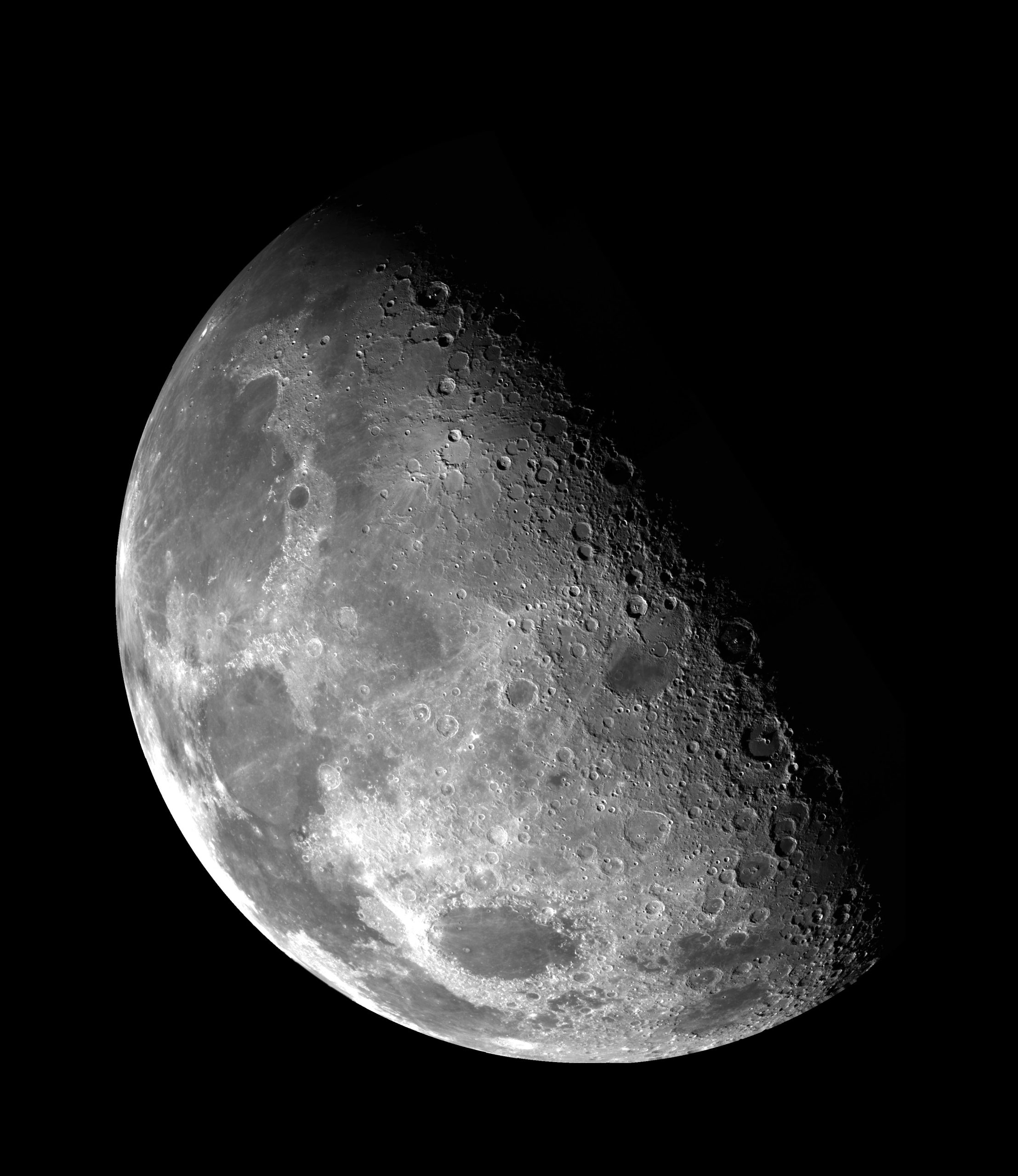The Moon Has Eight Phases: True or False?
The moon has always intrigued humanity with its gentle glow and ever-changing appearance. From ancient civilizations to modern astronomers, people have been captivated by the moon’s various phases. But how many phases does the moon really have? Are there eight distinct phases, or is this just a common misconception? In this blog post, we will explore the truth behind the moon’s phases and uncover the reality behind this popular belief.
The Basics: What Causes the Moon’s Phases?
Before we dive into the number of phases, it’s important to understand the science behind the moon’s changing appearance. The moon’s phases are caused by its orbit around the Earth and the way sunlight interacts with its surface.
As the moon orbits our planet, different portions of its surface are illuminated by the sun. The moon doesn’t produce any light of its own; instead, it reflects sunlight. This reflection, combined with the changing positions of the moon, leads to the various phases we observe from Earth.
The Common Misconception: Eight Phases
It is quite common to hear people saying that the moon has eight phases: New Moon, Waxing Crescent, First Quarter, Waxing Gibbous, Full Moon, Waning Gibbous, Third Quarter, and Waning Crescent. These phases are often represented as evenly spaced divisions of the moon’s cycle. However, this notion is not entirely accurate.
To understand why, let’s visualize the moon’s cycle using a basic table:
| Phase | Description |
|---|---|
| New Moon | The moon is not visible from Earth. |
| Waxing Crescent | A small sliver of the moon is visible. |
| First Quarter | Half of the moon is visible. |
| Waxing Gibbous | A bit more than half of the moon is visible. |
| Full Moon | The entire moon is visible. |
| Waning Gibbous | A bit less than half of the moon is visible. |
| Third Quarter | Only half of the moon is visible. |
| Waning Crescent | A small sliver of the moon is visible. |
From the table, we can see that the moon’s phases can indeed be broadly categorized into eight distinct stages. However, these stages are not necessarily uniform in length or appearance. The transition between each phase is a continuous process, and the moon appears differently every day. Therefore, it is incorrect to claim that the moon has eight equally spaced phases.
A More Accurate Explanation
To gain a deeper understanding of the moon’s phases, we need to consider the exact positions of the moon, Earth, and the sun throughout its orbit.
As the moon begins its journey around the Earth, we observe the New Moon phase, where the moon is positioned between the Earth and the sun. This results in the moon being mostly invisible from our perspective. As the moon moves further along its orbit, a small sliver of light becomes visible, marking the Waxing Crescent phase.
Next, the moon continues to move away from the sun, becoming more illuminated each day. The Waxing Crescent gradually transitions into the First Quarter phase, where half of the moon is visible from Earth. As the moon progresses even further, it reaches the Waxing Gibbous phase, during which more than half of the moon is illuminated.
When the moon completes approximately half of its orbit, it becomes aligned with the Earth and the sun, forming a straight line. This alignment produces the Full Moon, where the entire moon appears brilliantly illuminated.
After reaching the Full Moon phase, the moon begins to move back towards its original position. The illuminated portion gradually decreases, leading to the Waning Gibbous phase. As the moon continues this journey, it reaches the Third Quarter phase, where only half of the moon is visible.
Finally, the moon approaches the end of its cycle, and the visible portion diminishes further. This marks the Waning Crescent phase, where only a small sliver of the moon is visible. The moon then moves back into the New Moon phase, and the cycle starts anew.
Wrap Up
So, is it true that the moon has eight phases? Well, while we can certainly classify the moon’s cycle into eight distinct stages, it’s important to remember that these phases are not equidistant from each other. The moon’s appearance is constantly changing as it orbits the Earth, and the transition between each phase is a gradual process.
Next time you gaze up at the night sky, take a moment to appreciate the moon’s beauty and the intricate dance it performs with our planet and the sun. Remember, whether it’s eight phases or a seamless continuum, the moon never fails to captivate us with its ever-changing face.
Table of Contents
